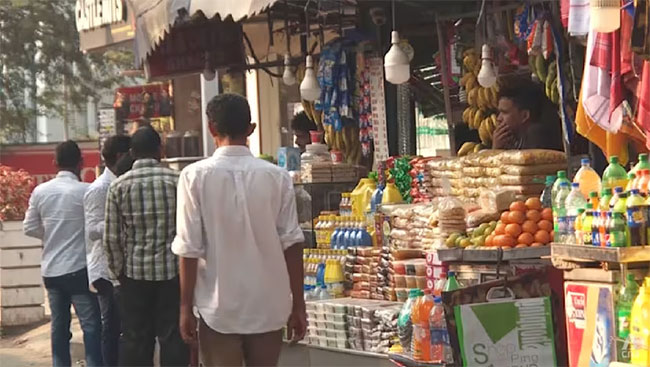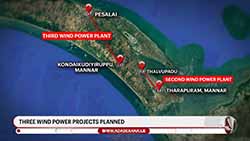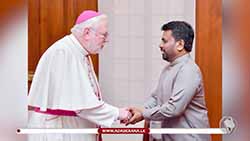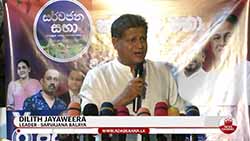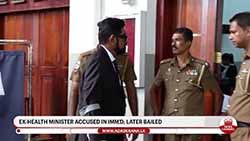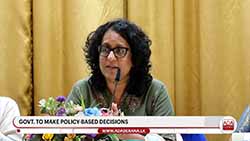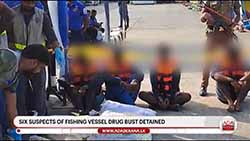Kerala becomes first state in India to eradicate extreme poverty
November 4, 2025 10:57 am
The southern Indian state of Kerala declared itself free of extreme poverty last Saturday (Nov 1), becoming the first state in the country to achieve the feat.
Kerala Chief Minister Pinarayi Vijayan made the declaration following a four-year targeted drive led by local bodies under the state’s extreme poverty eradication project.
The World Bank currently defines extreme poverty as living on less than US$3 per day. In 2025, more than 830 million people worldwide are estimated to be in extreme poverty under this benchmark.
FALLING THROUGH THE CRACKS
Kerala’s poverty alleviation programme began in 2021 by identifying more than 64,000 families living in extreme poverty.
Instead of using income alone as a measure, officials focused on households that had fallen through the cracks – those without stable income, housing, food, or access to healthcare.
“These are the families who were not touched by any welfare schemes implemented so far,” said Minister for Local Self Government, Excise and Parliamentary Affairs MB Rajesh.
“These were the most disempowered (and) voiceless families. The definition of extreme poverty is those people whose survival is at risk without the support and help from the state.”
Over the past four years, various government departments worked together to lift these families out of destitution, providing them with food, shelter, medical care and scholarships for children.
At the national level, India has also made progress. Extreme poverty was reduced to 2.3 per cent in the 2023 financial year – down significantly from 16.2 per cent a decade ago, according to the World Bank.
But economists warned that poverty remains a deep-rooted problem across the world’s most populous country.
The latest Global Hunger Index this year ranked India at 102nd out of 123 countries assessed, and found that 32.9 per cent of children under five in the nation are stunted – a sign of chronic malnutrition.
“If you count all the corroborating evidence, the picture that emerges very clearly is that deprivation and poverty are still a mass reality among the Indian people,” said Professor R Ramakumar of Tata Institute of Social Sciences’ School of Development Studies.
“That is why a number of people have issues or differences of opinion with the government when they say poverty has drastically come down.”
Recent government data shows that in the 2023 financial year, 75 million Indians lived below the international poverty line of US$3 per person per day, compared to 205 million over a decade earlier, when the line was set at US$2.15.
While various government programmes from employment schemes to housing initiatives have been introduced, Ramakumar noted that they have not reached everyone.
He added that inequality has continued to widen, with segments of the population clearly left behind amid broader social and economic change.
Studies indicate that the top 1 per cent of Indian households control about 40 per cent of the country’s wealth, while for the bottom 5 per cent, daily survival remains a struggle.
Analysts agree that access, especially to education and better jobs, is key to long-term change.
But for now, many families remain focused on immediate needs, including ensuring their children have food on the table and a roof over their heads.
“Even if people have work, they are still not doing well,” said Sujata Sawant, president of non-governmental organisation Adarsh Foundation. “Poverty still exists here.”
Source: CNA
--Agencies



